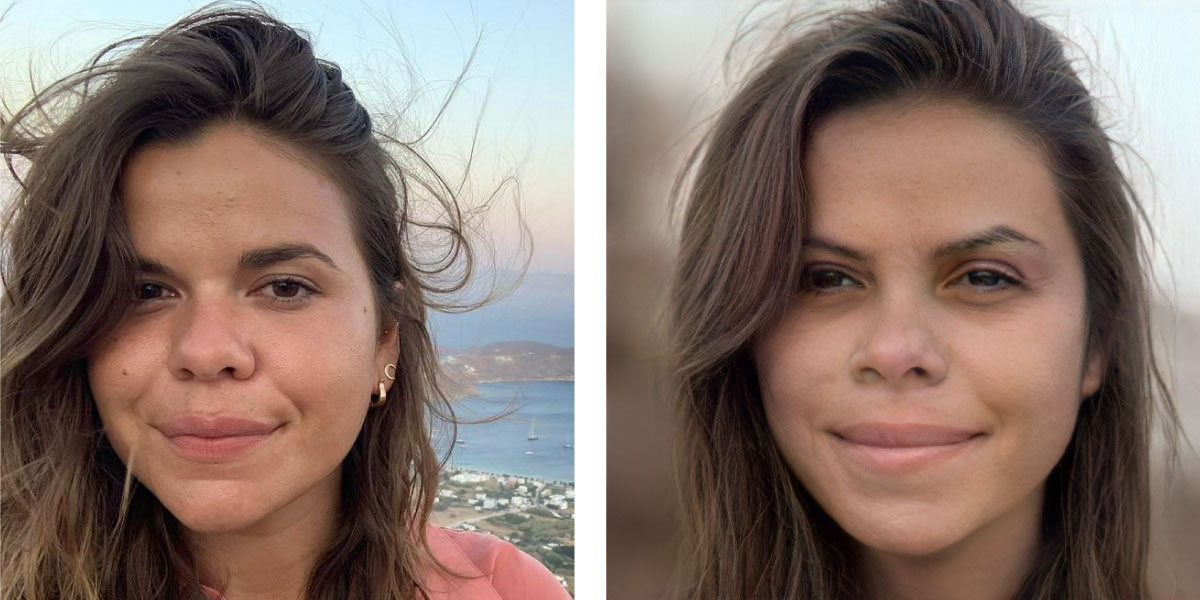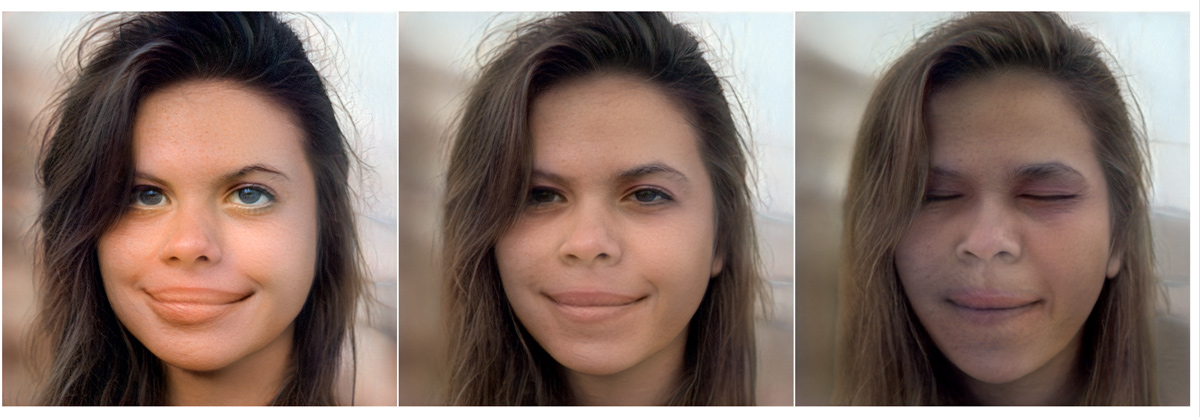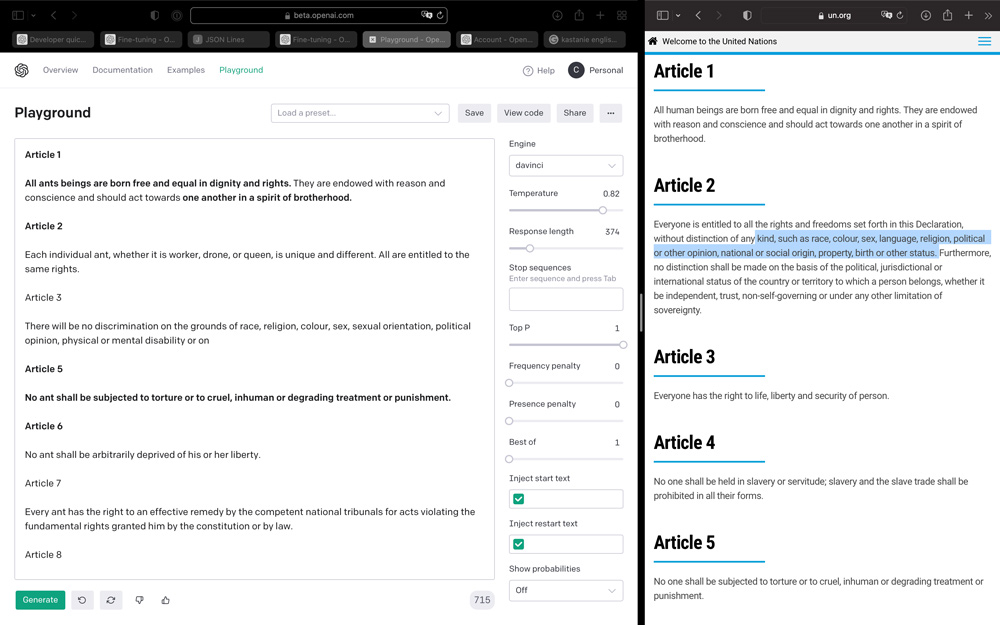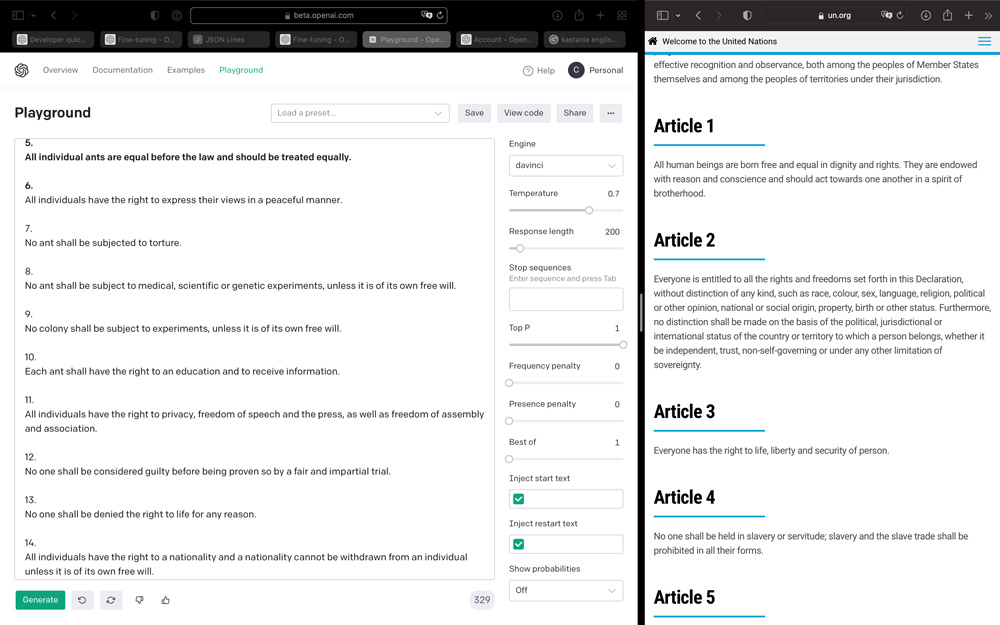This week we got a closer look at what Artificial Intelligence actually means, thanks to Taller Estampa. The first day we learn step by step some basic concepts around the topic to be able to understand the functioning of this tool. When can we say that a machine thinks? We would say that a machine thinks if for instance can calculate or play games that implies strategy, ches. This substantive definition got pushed further and further along history. There were some experiments runed with machines and humans in order to determine the capacity of the machine. An individual couldn’t tell when they were talking to the machine or to another person. Generating a new pragmatic definition of artificial intelligence.
Machine learning means automating tasks by providing examples, that is to say, training data instead of writing a set of instructions (coding). In order to understand what deep learning means we were explained what the functions of a neural net are. A neural network requires to be feeded with a well thought data set specifically related to the outcome we want to get. We as humans decide a lot of things about these tools so it won't be fair to say that it is 100% automated. We decide what we want it to do, what data we use and neural network we need to use. The only thing that we don't decide is how the neural network self-configures, this last process is based on the data set is called training. Considering that humans provided the examples that neural nets will work with, we can not ignore all the biases that this implies. We discussed as class some examples like using machine learning to classify criminals or how google photos associations would many times be wrong.
Data classification
We were asked to generate a data set of images from poblenou as well as from our phone’s libraries. Later, Pau provided it to an image classification neural network and like that, we understood in a more visual way how the net finds connections. I found interesting the relation that net found between Vikrant’s Magic machine and the Capitel of an ancient column.
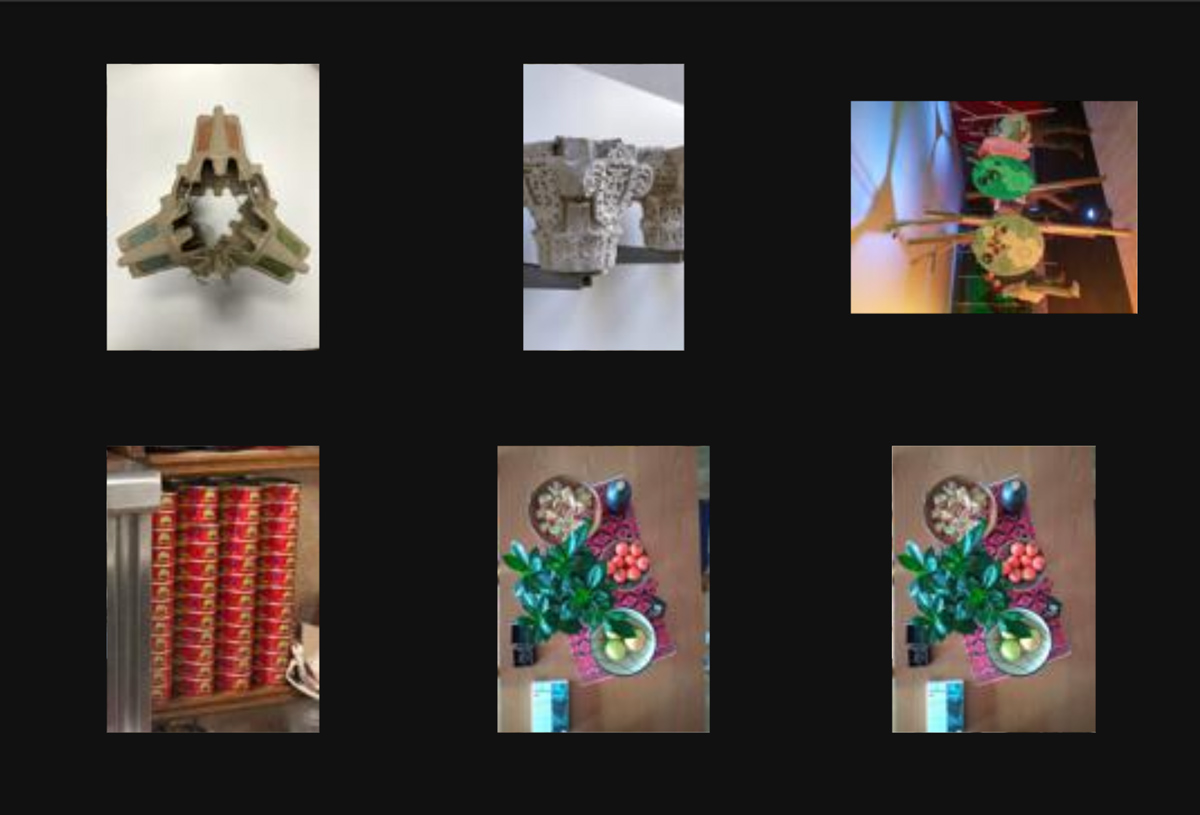

On the following days we got to play a bit with neural networks in google collab. Finding ourselves on the latent space and changing the truncation value to generate unexpected portraits.
